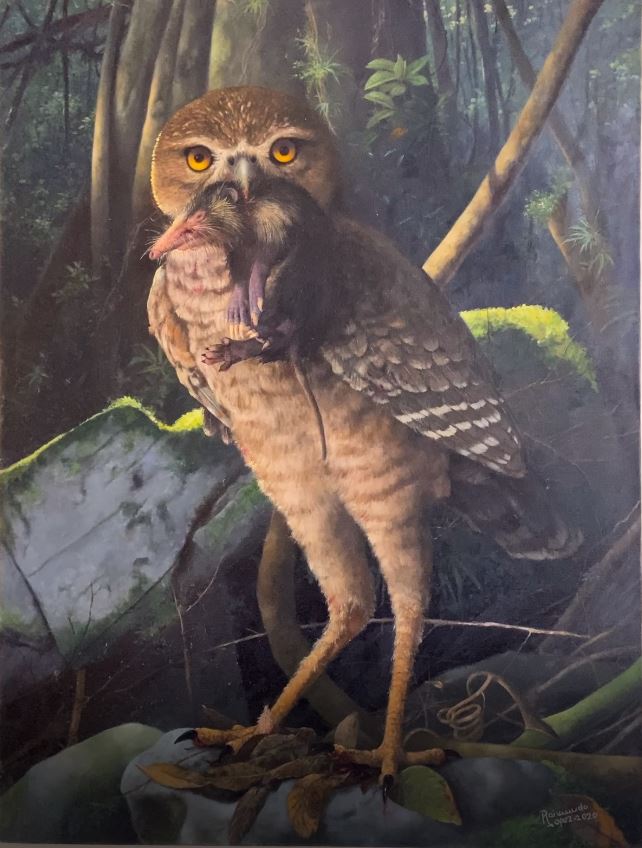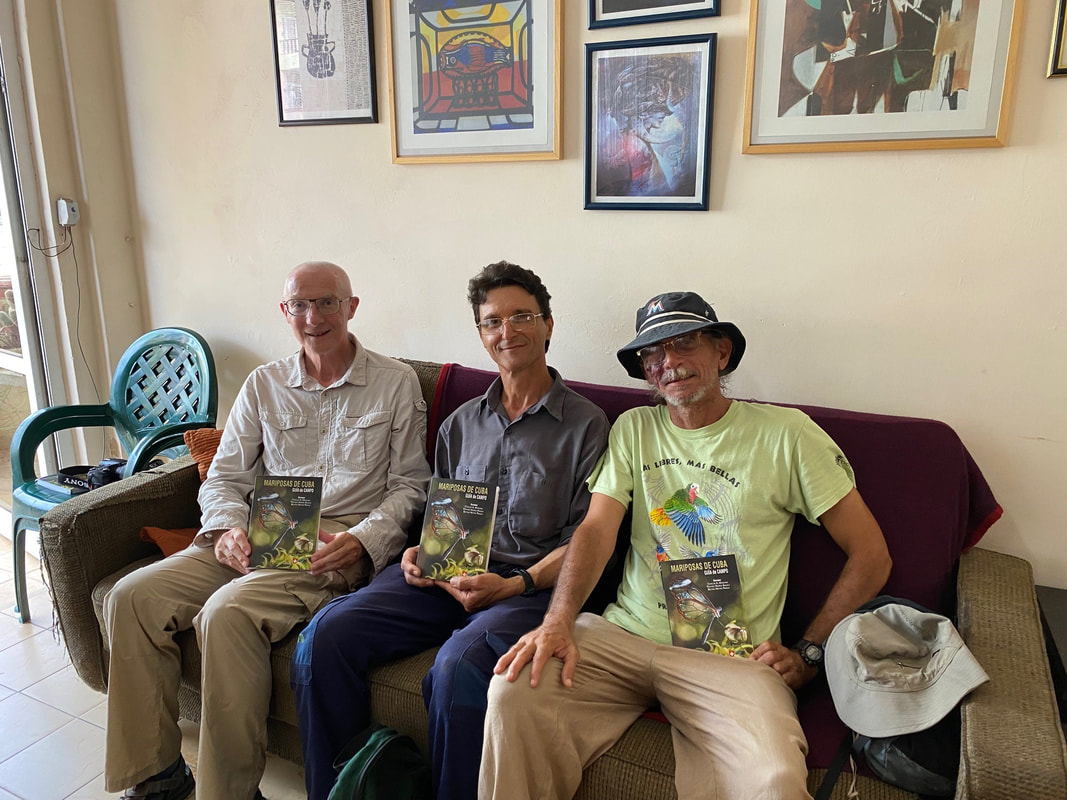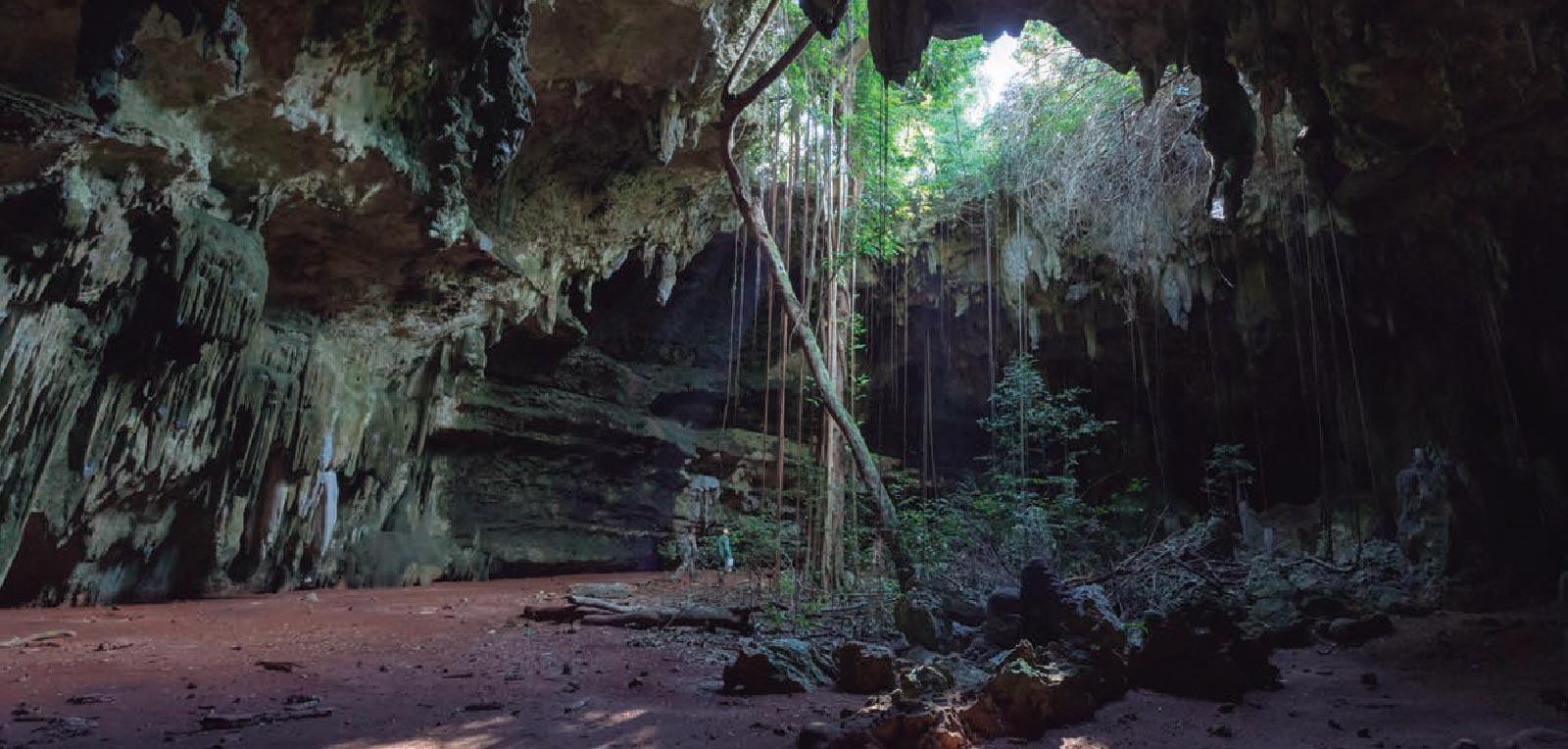The first fossil specimen was mistakenly described as a bird in the family Phorusrhacidae, in part because the bones were so large. Birds in this family, colloquially known as terror birds, are an extinct clade of large carnivorous flightless birds that were one of the largest species of apex predators in South America during the Cenozoic era; their conventionally accepted temporal range covers from 62 to 0.1 million years (Ma) ago. In 1961, Pierce Brodkorb reviewed the fossil remains and placed them properly, with the owls. Remains have been found to be abundant throughout the island, in cave deposits from the Late Pleistocene period (126,000 to 11,700 years ago) and at least three nearly complete skeletons have been found.
Arredondo estimated the height of Ornimegalonyx to have been 1.1 metres tall and it probably easily exceeded 9 kilograms. It had very long legs for its size, but was bulky overall and probably short-tailed. The modern-day owl that most resembles the Cuban Giant Owl in proportions is probably the small long-legged Burrowing Owl which is found throughout the open landscapes of North and South America. It is the only surviving owl that is very largely terrestrial. This implies similar adaptations to the terrestrial lifestyle, but not a close phylogenetic relationship.
One of the largest living owls, the Eurasian eagle owl (Bubo bubo), reaches 4 kg in weight, and Peters has reported them taking roe deer fawns that weigh 17 kg as prey. The legs and feet of the Cuban Giant Owl also appear to be very large and powerful. This supports the theory that they were strong runners, hence the alternative name, cursorial. The keel of the sternum was reduced and the owl may have been capable of a short burst of flight.
The Cuban Giant Owl is believed to have preyed principally on large Jutias (still extant today), including Capromys, Geocapromys, and Macrocapromys (the latter being the size of a modern capybara) and the ground sloths Cubanocnus, Miocnus, Mesocnus, and Megalocnus. It was probably an ambush predator that would pounce on unsuspecting prey with its crushing talons.
Carlos Mirabal, member of the group, found the first bone of this prehistoric Cuban bird, and then continued the search finding several more bone remains including the skull, beak and the claws.
The prominent paleontologist Oscar Arredondo de la Mata identified the bone remains and determined that they belonged to two different specimens of this extinct species.




 RSS Feed
RSS Feed